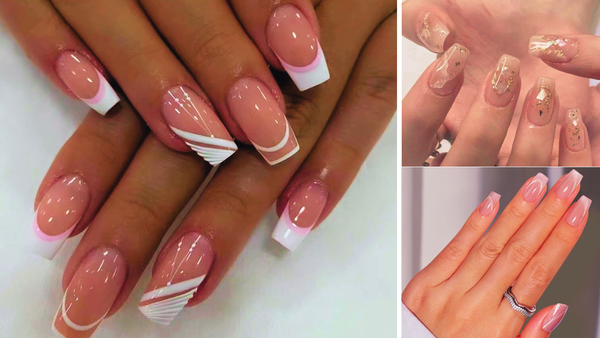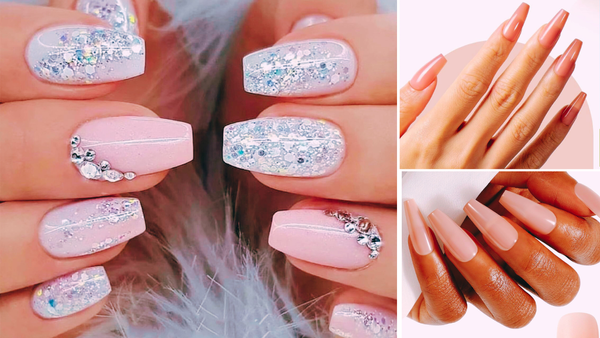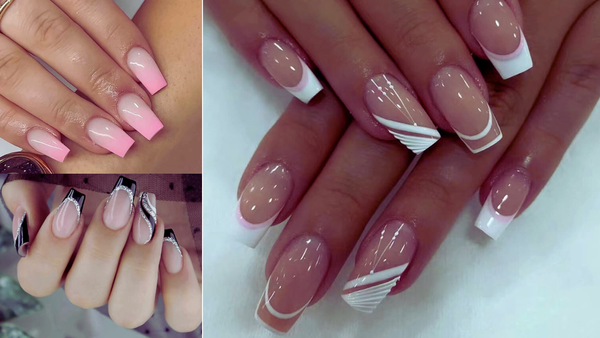Key Takeaways:
- Acrylic nails are not inherently prone to breaking, but their durability depends on proper application, maintenance, and individual lifestyle.
- Regular upkeep and using protective measures can significantly reduce the risk of breakage.
- Understanding the factors that contribute to the strength of acrylic nails can help wearers enjoy their manicures longer.
Acrylic nails have become a staple in the beauty industry, offering a durable and versatile option for those seeking a flawless manicure. However, one question often lingers in the minds of many: do acrylic nails break easily? This comprehensive guide will delve into the factors that affect the durability of acrylic nails and provide insights on how to keep them intact for longer.
The Composition of Acrylic Nails

Acrylic nails combine a liquid monomer and a powder polymer that, when mixed, form a hard protective layer over the natural nail. This artificial nail is then shaped and painted to the wearer's preference. The strength of acrylic nails is significant but not absolute; they can withstand daily activities but are not indestructible.
Application Process: The Foundation of Durability
The durability of acrylic nails begins with the application process. A skilled nail technician will ensure that the acrylic is applied evenly and the nail bed is properly prepared, which can prevent lifting and reduce the likelihood of breakage. The correct ratio of liquid to powder is crucial for creating a strong bond.
Maintenance: The Key to Longevity
After leaving the nail salon, the wearer is responsible for maintaining acrylic nails. Regular fills, typically recommended every two to three weeks, are essential to address any growth and potential weak spots. Neglecting maintenance can lead to gaps and, eventually, breakage.
Lifestyle Considerations
Your daily activities play a significant role in the longevity of your acrylic nails. Jobs or hobbies that involve heavy hand use can increase the risk of breaking. Wearing rubber gloves while cleaning and avoiding harsh chemicals can help protect your acrylics from damage.
The Role of Natural Nails
The condition of your natural nails is a foundational factor in the strength of your acrylics. Thin, brittle natural nails can compromise the stability of the acrylics. Conversely, healthy nails provide a solid base for artificial enhancements.
Nail Health: A Priority
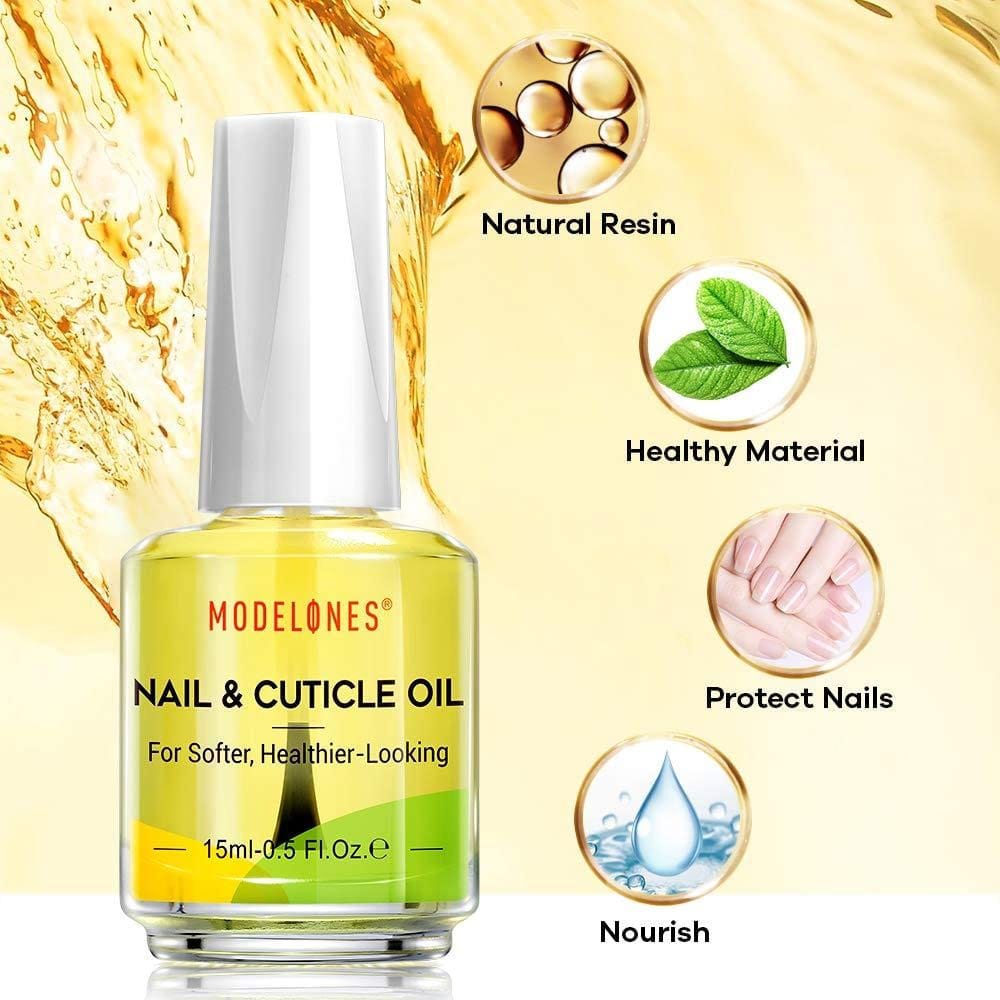
Prioritizing nail health is crucial for both natural and artificial nails. Regularly using cuticle oil and keeping the nails hydrated can prevent brittleness. Healthy nails are less likely to break, whether sporting acrylics or not.
The Impact of Nail Technician Expertise
A nail technician's skill level can greatly influence the resilience of acrylic nails. Experienced nail techs understand the importance of proper nail preparation and application techniques, which can significantly reduce the risk of breakage.
Choosing the Right Salon
Selecting a reputable salon with qualified nail techs is vital. Research and read reviews to ensure that the salon you choose upholds high standards in both technique and hygiene, which can affect the longevity of your acrylic nails.
Acrylic Nail Thickness and Shape
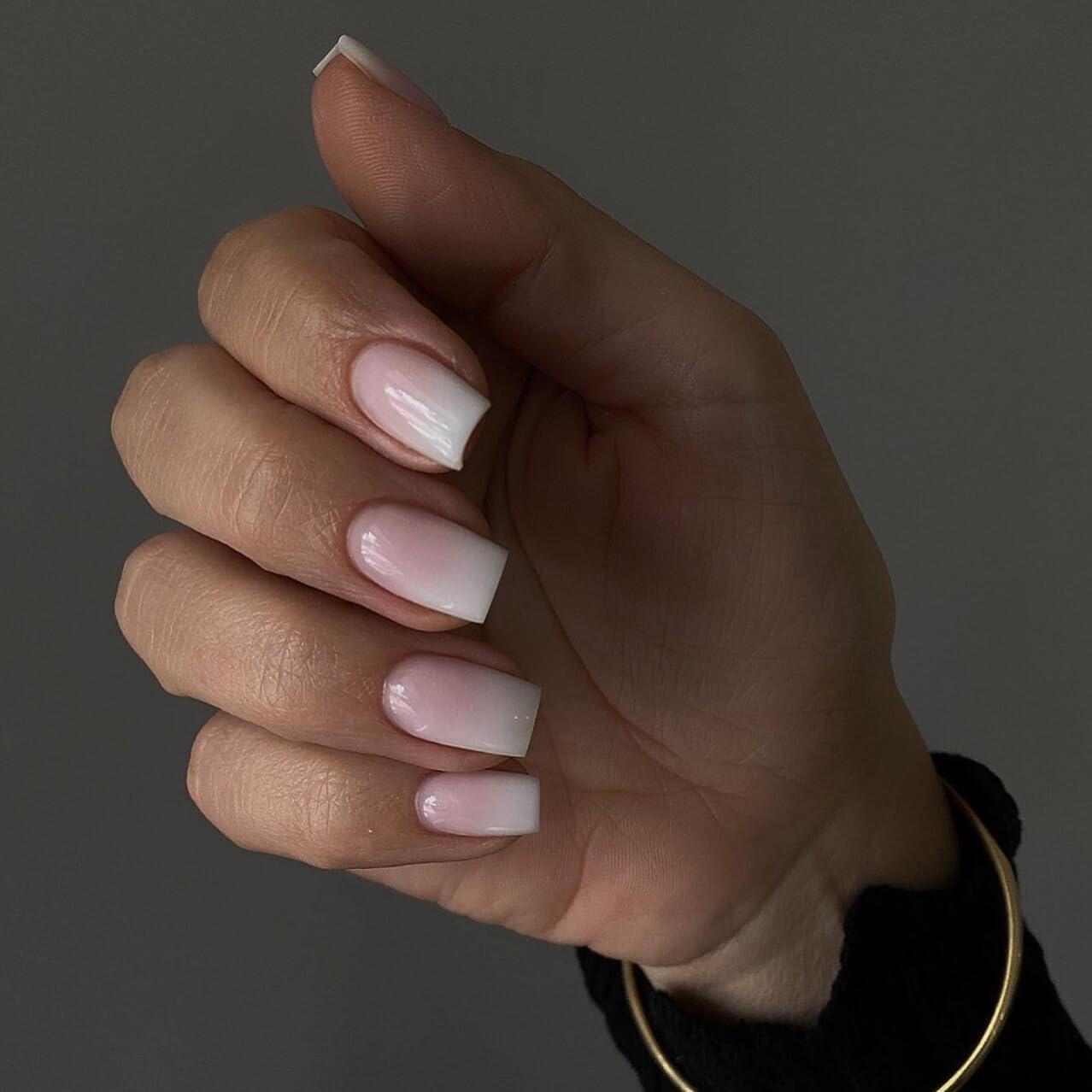
The thickness and shape of acrylic nails can affect their susceptibility to breaking. Overly thick acrylics can be heavy and more prone to snapping, while extremely thin nails may lack strength. Opting for a shape that complements your natural nail can also enhance durability.
The Evolution of Acrylic Nail Techniques
Acrylic nails have come a long way since their inception. The evolution of application techniques has significantly impacted their durability. Gone are the days when acrylics were synonymous with thick, unnatural-looking extensions. Today's nail techs are trained to apply acrylic with precision, ensuring that the nail plate is not overwhelmed by excessive weight, which can lead to breakage. The focus is on creating a balance between a durable bond and a natural appearance, which means less stress on the natural nails and a reduced chance of the acrylics breaking.
Advancements in the materials used for acrylic nails have also played a role in their resilience. Modern acrylic powders and liquids are designed to create a more flexible and less brittle nail enhancement. This flexibility means that the nails can withstand the rigors of daily life without cracking under pressure. Nail techs can now offer various options, from ultra-thin natural looks to bold and artistic designs, all while maintaining the integrity of the acrylic bond for up to six weeks with proper attention.
The Synergy Between Acrylic Nails and Nail Care
Maintaining healthy nails beneath acrylics is crucial for preventing breakage. It's a common misconception that artificial nails negate the need for natural nail care. In reality, the health of your natural nails plays a significant role in the longevity of your acrylics. Regularly using cuticle oil can keep the nail bed and surrounding skin supple, reducing the risk of brittle nails prone to snapping. Healthy nails also provide a stronger foundation for acrylics, ensuring they stick better and last longer.
In addition to cuticle oil, incorporating a nail strengthener into your routine can fortify the natural nail, making it less susceptible to damage when wearing acrylics. Nail techs often recommend a break from artificial nails every few months to allow the natural nails to breathe and recover. During this period, a nail strengthener can help restore the top layer of the nail, ensuring that when you return to the salon for your next set of acrylics, your nails are in prime condition for another round of glamorous, durable nail art.
Nail Enhancements and Art
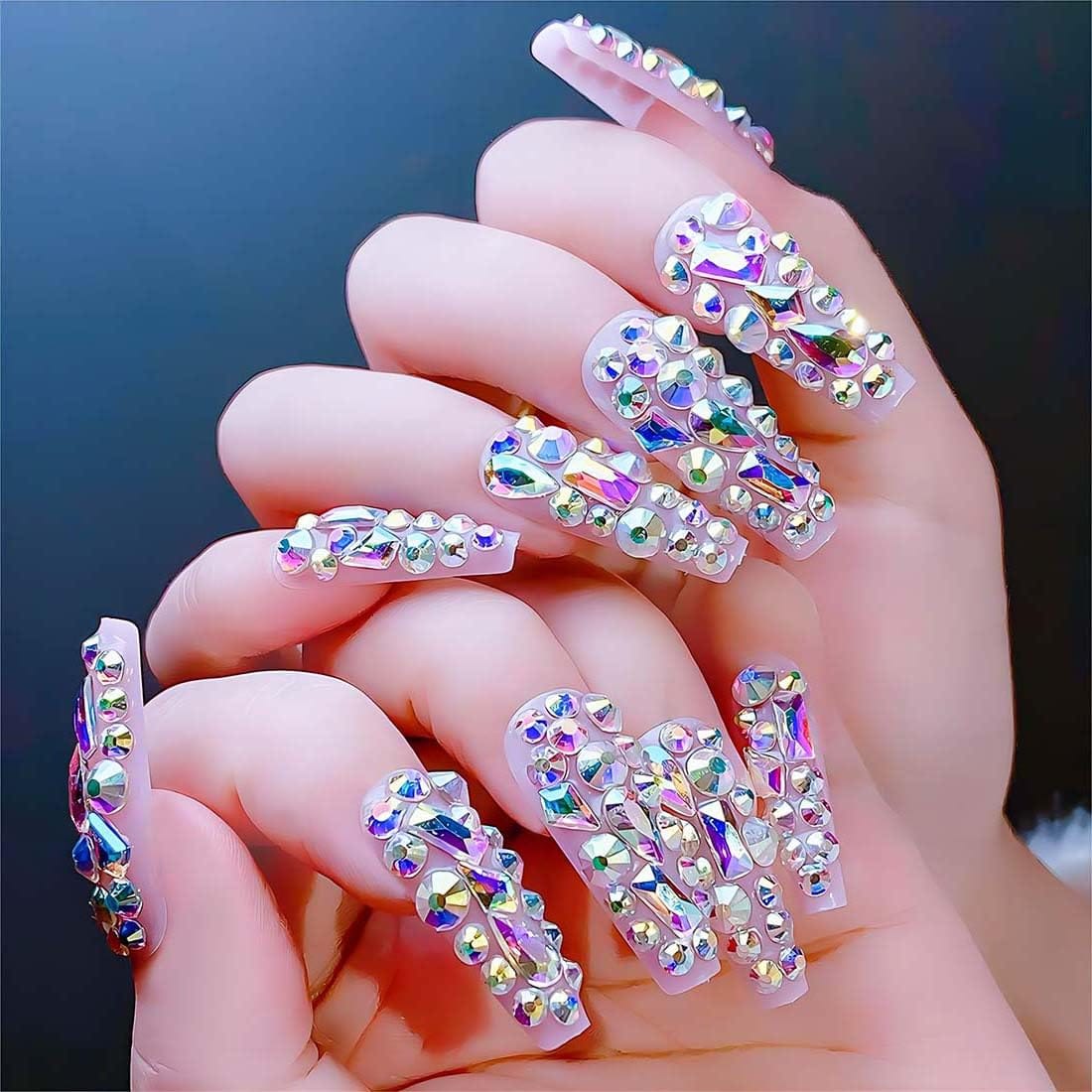
While nail art and enhancements like gems or intricate designs add aesthetic appeal, they can also add weight and create leverage points that may lead to breakage. Consider simpler designs if you're concerned about the strength of your acrylic nails.
The Role of Gel Polish
Gel polish is often used over acrylic nails to give them a glossy finish. This polish can add an extra layer of protection, making the nails more durable. However, it's important to have gel polish applied and removed by a professional to avoid nail damage.
Avoiding Breakage in Daily Life
Simple habits can prevent acrylic nail breakage. For instance, using the pads of your fingers instead of your nails to perform tasks can reduce pressure on the acrylics. Keeping nails at a practical length can also minimize the risk of breaking.
The Removal Process: A Delicate Matter
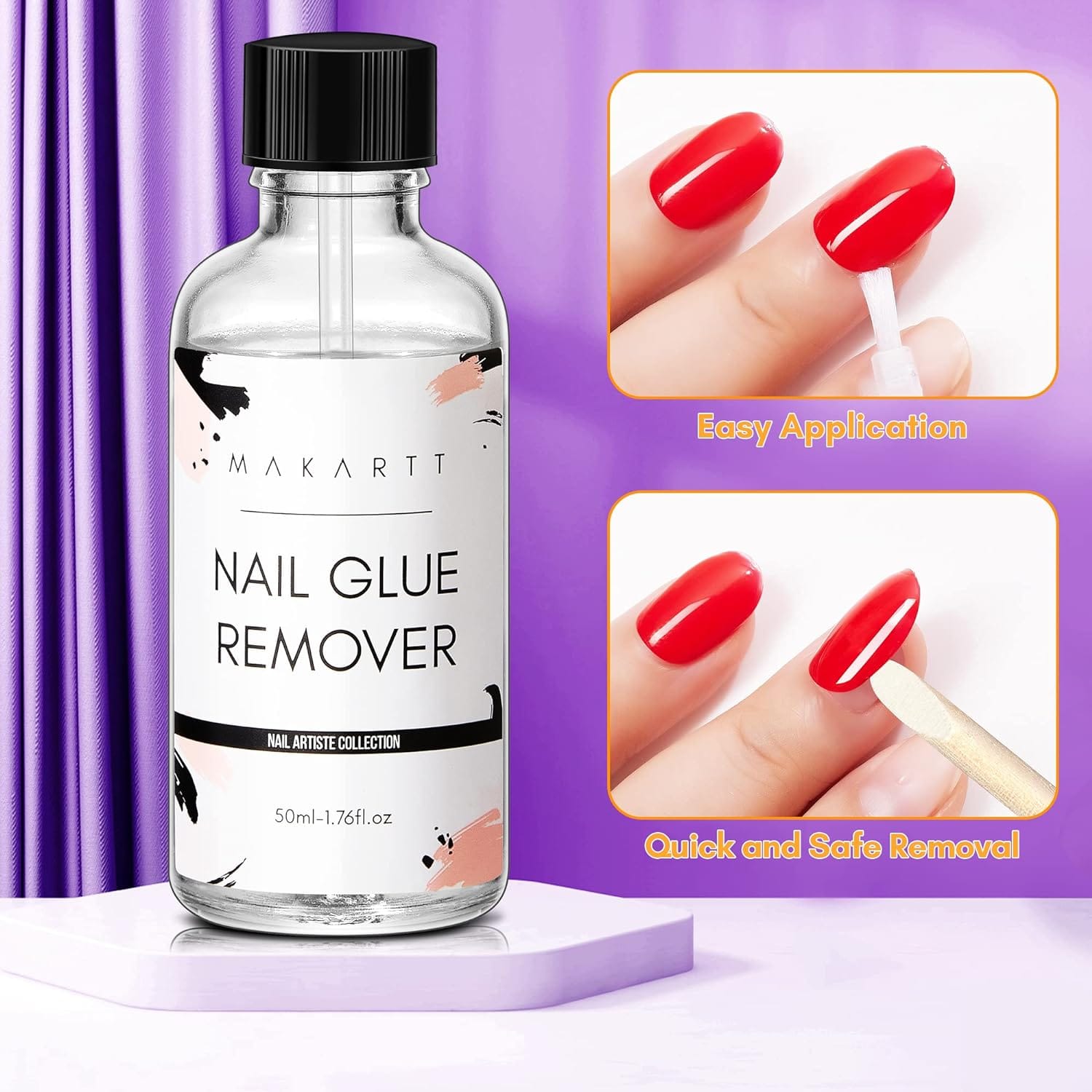
When it's time to remove acrylic nails, the process should be handled carefully. Attempting to peel or force the acrylics off can cause significant damage to the natural nail. Professional removal, involving soaking and gentle filing, is recommended to preserve nail health.
Home Care Between Salon Visits
Between salon visits, it's important to give your acrylic nails proper attention. Avoid using your nails as tools, and moisturize them with oils or lotions. If you notice lifting or damage, schedule a repair appointment rather than trying to fix it yourself.
The Myth of Acrylic Nails and Weakness
The belief that acrylic nails are inherently weak is a myth. With the right care and precautions, acrylic nails can be a strong and long-lasting nail enhancement option. Understanding the factors that contribute to their strength can help dispel this misconception.
Acrylics vs. Gel Nails: A Comparison
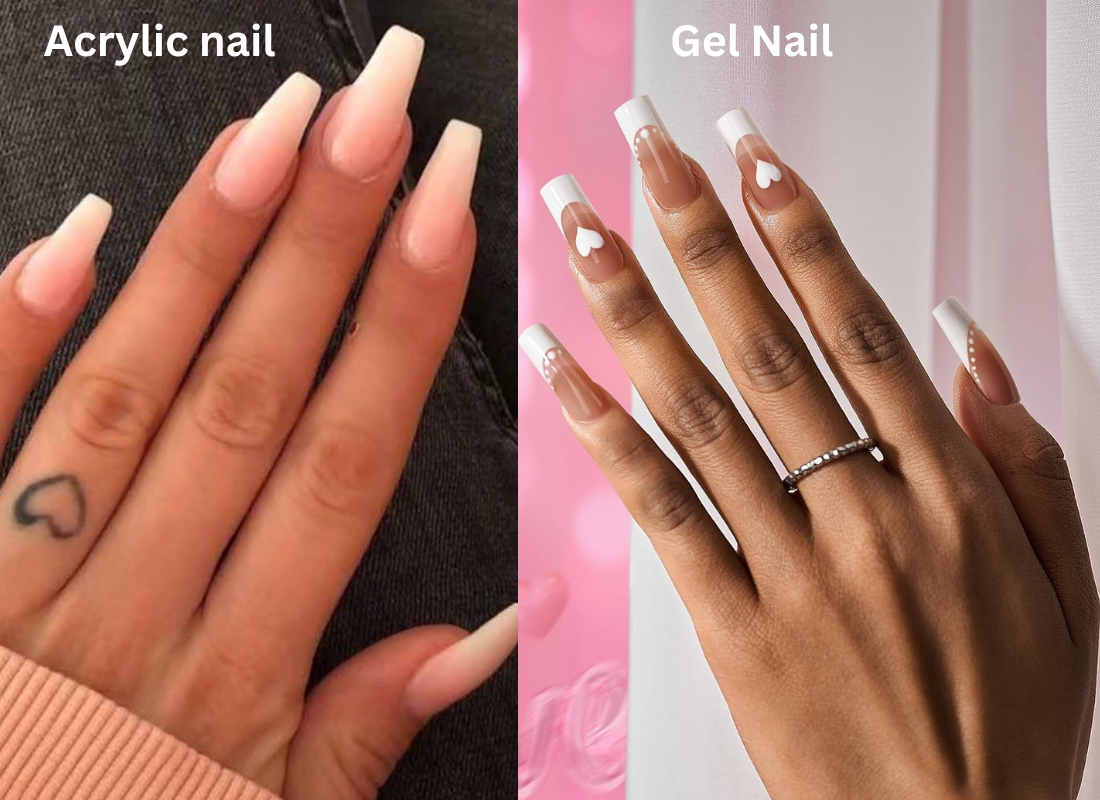
While both acrylic and gel nails offer a durable solution for those looking to extend the length and beauty of their nails, they have different properties. Gel nails are known for their flexibility and glossy finish, while acrylics are prized for their hardness and longevity.
The Science Behind Acrylic Nail Breakage
Acrylic nails are subject to the laws of physics. Leverage and force applied to the tip can cause breakage, especially if the nail encounters a hard surface. Being mindful of how you use your hands can prevent accidental breaks.
The Influence of Nail Care Products
The products you use on your acrylic nails can impact their durability. High-quality nail polish, top coats, and cuticle oils can enhance the strength of the acrylics. Conversely, using products with harsh chemicals can weaken the nails over time.
Summary
Acrylic nails are a popular choice for those seeking a long-lasting manicure, but concerns about their durability are common. The truth is, acrylic nails do not break easily if they are applied correctly, maintained regularly, and treated with care. Factors such as the skill of the nail technician, the health of the natural nails, and the wearer's lifestyle all play a role in the longevity of acrylic nails. By understanding these factors and taking the necessary precautions, you can enjoy beautiful, strong acrylic nails for up to six weeks or more.
FAQ Section
How often should I get my acrylic nails filled?
It's recommended to get your acrylic nails filled every two to three weeks to maintain their strength and appearance.
Can I prevent my acrylic nails from breaking?
While you can't completely eliminate the risk of breaking, you can significantly reduce it by maintaining your nails properly, using protective measures during daily activities, and visiting a skilled nail technician for application and upkeep.
Is it safe to remove acrylic nails at home?
If not done correctly, removing acrylic nails at home can lead to nail damage. It's best to have them professionally removed to ensure the health of your natural nails.




